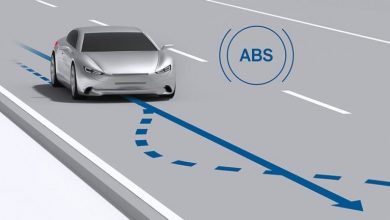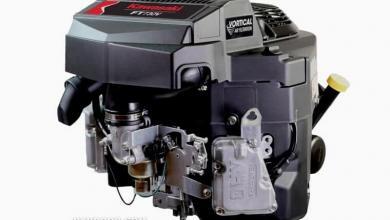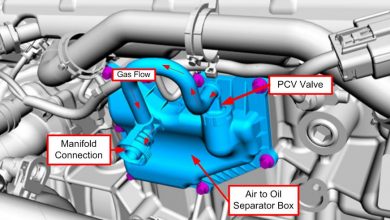
Hydrogen is clean, safe and all around us – in fact, it’s so common, it makes up 70% of matter in the universe. This means it can be locally sourced due to it being in such great supply.
As a fuel source, hydrogen’s energy conversion rate is two to three times more efficient than conventional engines – which basically means you can go further on less fuel. And with the only by-product being clean water, hydrogen-powered vehicles completely eliminate CO2 emissions (as well as other harmful gases such as HC, CO and NOx).
HOW DO WE GET HOLD OF IT?
In its pure form, it’s an invisible, odourless non-toxic gas that’s lighter than air. But first, we have to extract it – as hydrogen is not naturally found in this state. So before we can use it, we have to separate it.
There are several ways to do this, including steam reforming and gasification, however, one process that is in wide use across Europe is electrolysis. This method involves passing an electric current through water, effectively releasing hydrogen as a gas.
And when we use electricity from renewable sources, we can make a clean fuel even greener.
HYDROGEN AND THE FUEL CELL
To turn hydrogen into electricity, we need a fuel cell. Toyota’s newly-developed fuel cell system creates energy through the reaction of hydrogen and oxygen while expelling only water. It’s a process that happens in an instant, feeding the electric motor which powers the car.








